What Is Halloween, Really?
3 days, not 1...
Did you know that Halloween is just the first of a three day, death-centered celebration?
Today we explore the origins of Halloween and what it has to do with both the medieval Church, and modern day celebrations like Día de los Muertos.
But remember: despite all the morbid imagery, this isn’t a celebration of death — rather, a celebration of eternal life.
Here’s a brief overview of the three day season known as “Allhallowtide”…
Reminder: you can support us and get tons of members-only content for just a few dollars per month. You’ll get:
Full-length articles 2x per week
The entire archive of content (150+ articles, essays, and podcasts)
Membership to our bi-weekly book club (and community of lifelong learners)
We are currently reading Dostoevsky’s “Notes from Underground” in our subscriber book club. The next meeting is Wednesday, November 5th, at noon ET — join us!
1. All Hallows’ Eve: The Vigil
Halloween, or All Hallow’s Eve, is usually claimed to have its roots in ancient Celtic festivals, particularly Samhain, a pagan festival marking the end of the harvest season and the onset of winter. Samhain was believed to be a liminal time, a moment when the veil between the worlds of the living and the dead grew thin, allowing spirits to pass through.
On Oct 31, the dead would come back to the earthly realm — and wreak havoc among the living…
The usual explanation is that, when Christianity spread through Europe, Christian holidays took the place of pagan ones, and intentionally maintained similar themes so local culture could assimilate. In this case, November 1st became All Hallows’, or All Saints’ Day, and the evening prior was appropriately called All Hallow’s Eve — designated as a time for vigil and prayer for the souls of the deceased.
However, it is also argued that the Christian observance of these dates arose entirely independently. Pope Gregory III (who instituted All Saints’ Day to commemorate all saints martyred in the faith) likely had no knowledge of any such Celtic festival. Indeed, any observance taking place the night before November 1st was because it was customary in Catholic tradition to observe an evening vigil the day before a feast day.
Regardless, in medieval Europe, All Hallow’s Eve became a time for “souling,” with people going door to door offering prayers for the departed in exchange for small cakes. Over time, this practice was mixed with folk customs, pop culture, and other superstitions, evolving into Halloween as we recognize it today.
2. All Saints’ Day: Honoring the Saints
Following All Hallow’s Eve is All Saints’ Day, known as All Hallows or Hallowmas — a day dedicated to all saints, both known and unknown.
The feast, established by the Church in the 7th century, originally celebrated the martyrs of the Christian faith. By the 9th century, it had expanded to include all the saints throughout the global Church. By honoring all the saints collectively, All Saints’ Day became a day to acknowledge the lives of those who led lives of exemplary holiness.
The day also served as a reminder of mortality, connecting the faithful with the continuity of life after death. During the Middle Ages, this focus on death and the afterlife gave rise to powerful imagery in European art, such as the Danse Macabre, or Dance of Death.
In these works, death was often personified, appearing as a skeletal figure leading people of all social classes in a procession that illustrated the inevitability of mortality. The Danse Macabre spread through churches and public spaces across Europe — a stark reminder that all lives, no matter how exalted, end in the same fate.
3. All Souls’ Day: Remembering the Departed
All Souls’ Day, observed on November 2nd, is dedicated specifically to praying for the souls of the departed who have not yet reached heaven. Originating in the 11th century, this observance formalized what had been a common practice in Christian communities — offering prayers for the souls in Purgatory.
The day reflects a more personal connection to the afterlife, where families and communities are encouraged to remember their deceased loved ones.
In modern Mexican culture, All Souls’ Day coincides with Día de los Muertos (Day of the Dead), a tradition fundamentally rooted in Catholic tradition, but with the added element of indigenous Aztec customs.
When the Spaniards evangelized the Americas, they intentionally sought to incorporate the Catholic worldview with elements of local culture. For example, a skull that had been displayed for Aztec religious purposes could be repurposed by Spaniards as a memento mori, and therefore Christianized.
This evolution of meaning at the meeting of cultures led to the colorful celebration of Día de los Muertos that takes place today.
Allhallowtide: A Celebration of Life
“Allhallowtide” is the name given to this liturgical series of three days, also known as a triduum. While it’s certainly easy to mistake Allhallowtide as centering on death, don’t be mistaken — Catholic theology teaches the souls in Purgatory are promised eternal life, and the saints in Heaven are already enjoying it.
So while Allhallowtide might appear to deal in death, remember that it’s just the opposite: it’s a celebration of eternal life, both for the saints who already enjoy it, and those who will soon join their ranks…



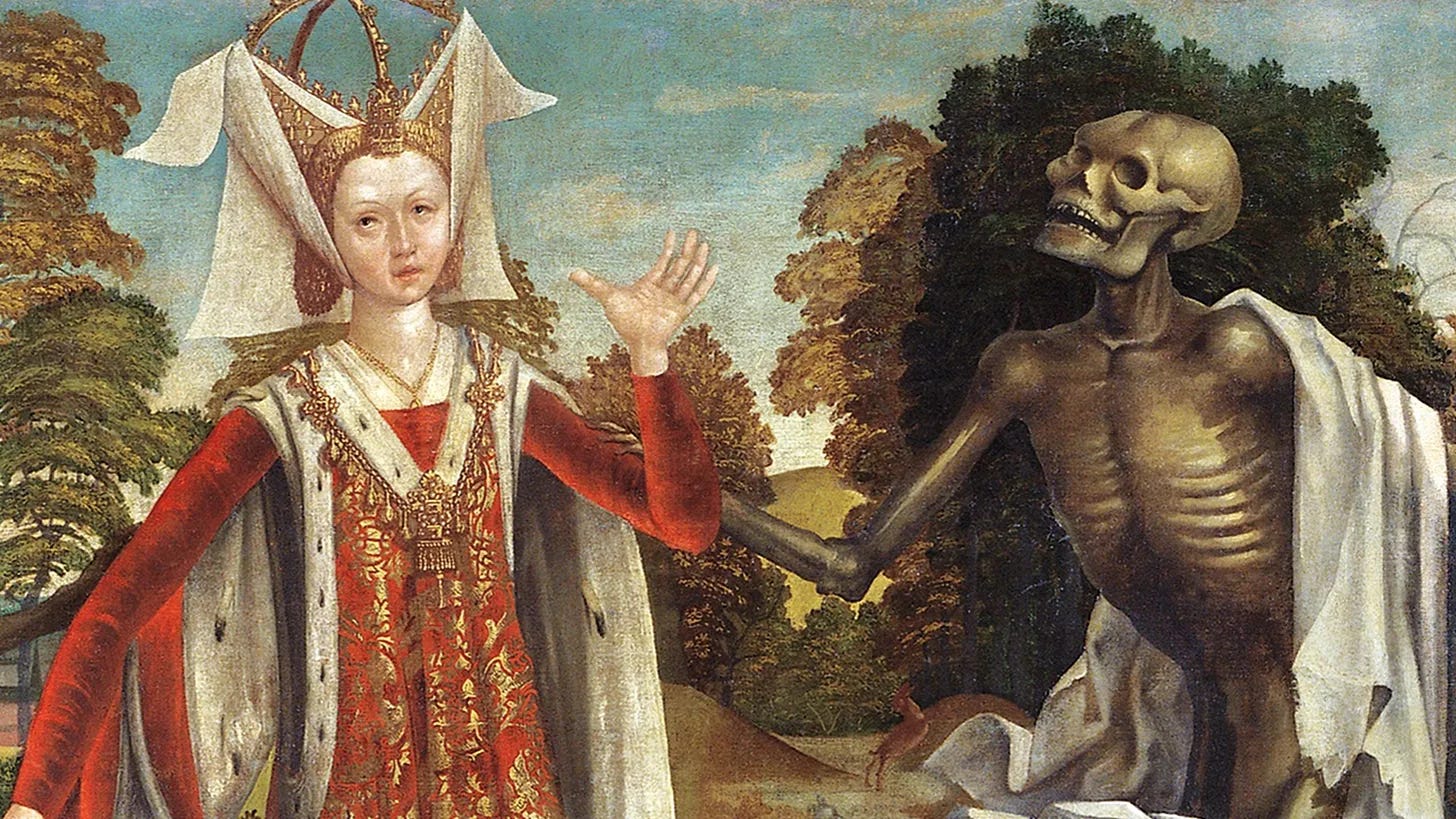
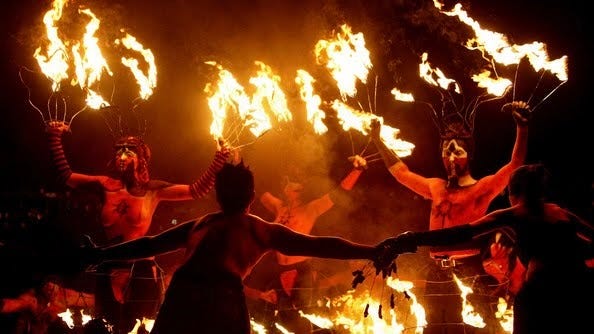
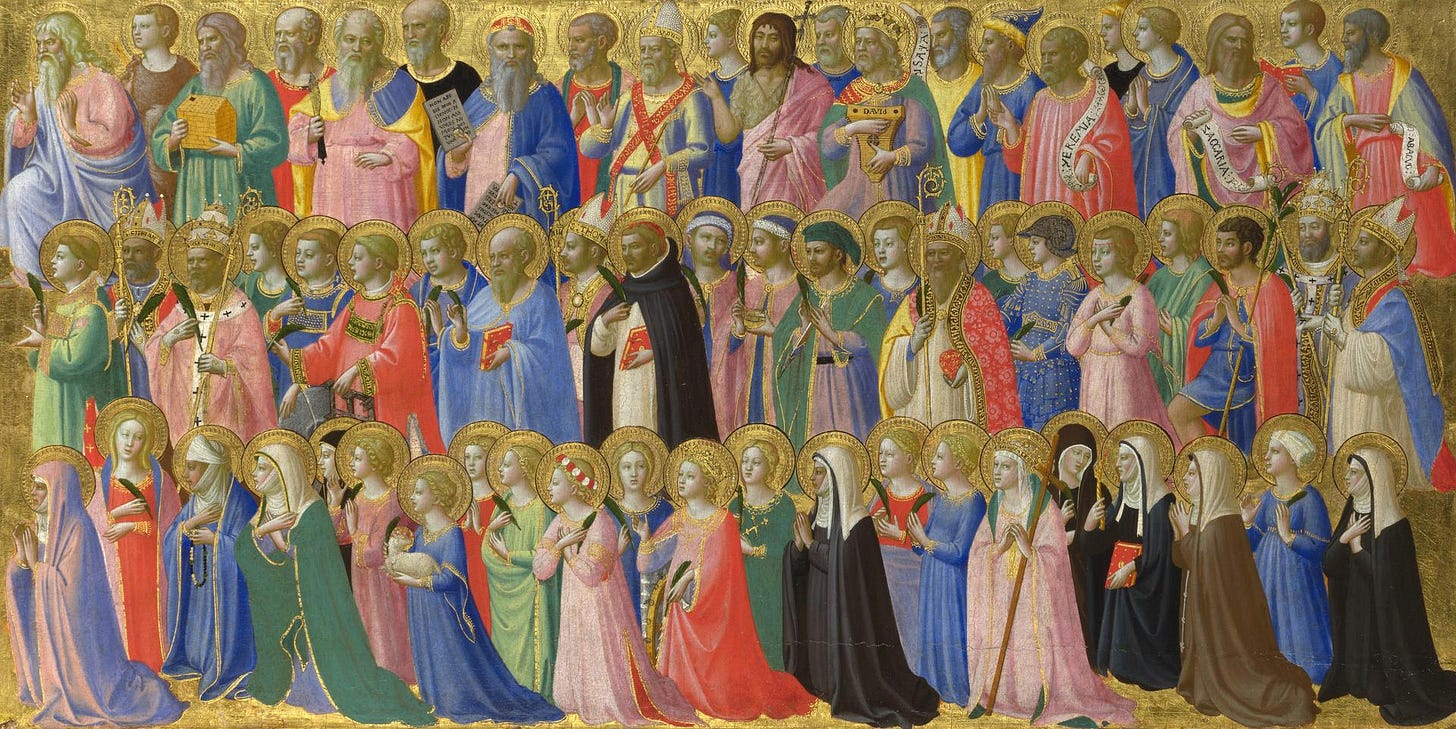
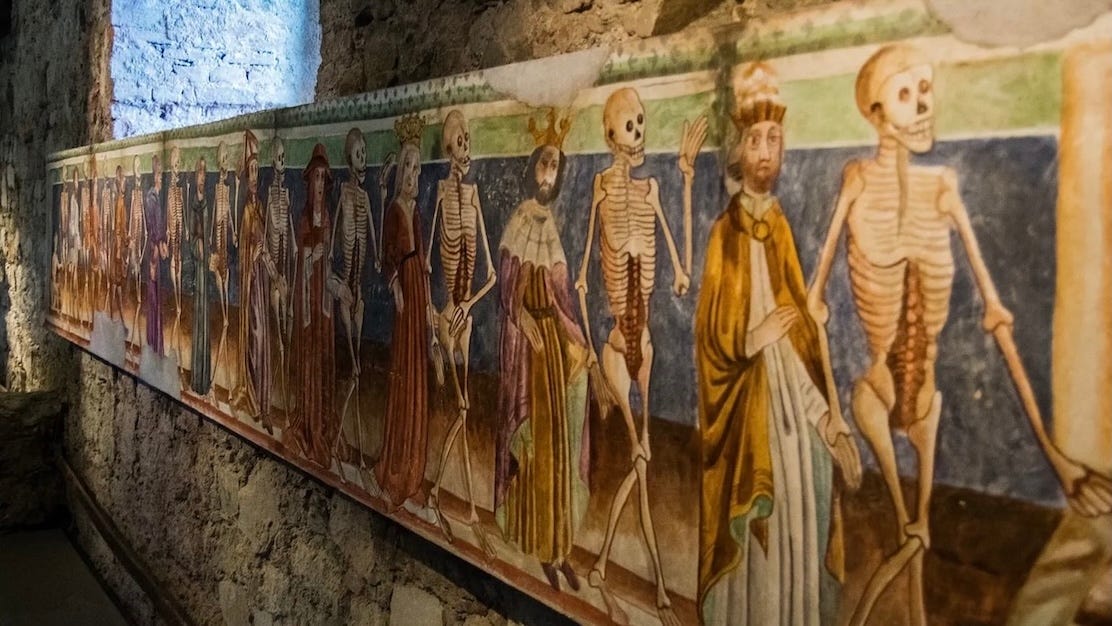
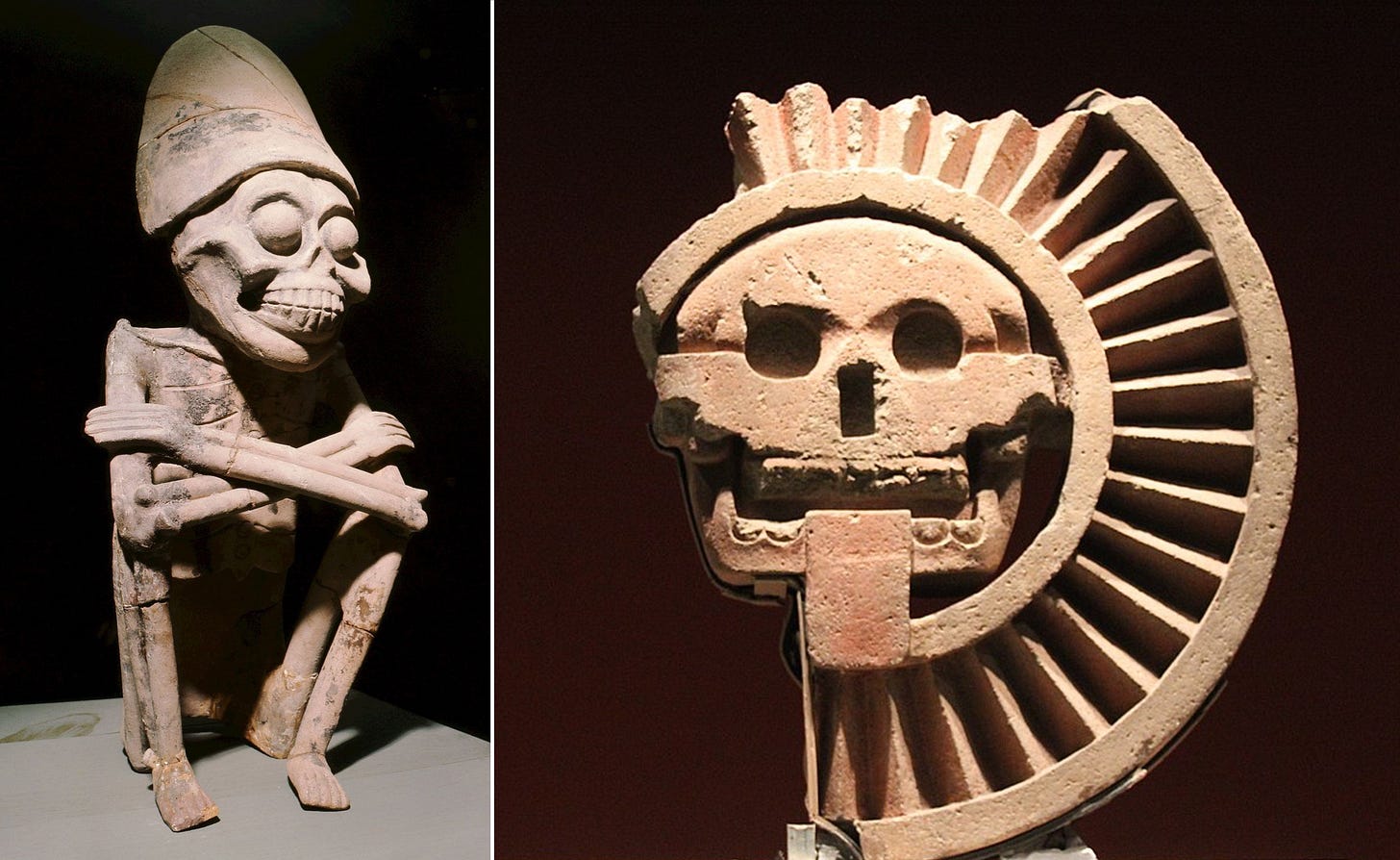
Great read - Halloween has always been about more than costumes and candy. At its core, it’s about standing on the threshold between worlds: a moment when the visible and invisible brush against each other.
Like autumn, it marks the dying of one season and the preparation for something new.
The masks, the candles, the harvest, the long nights, all of it comes from an intuition that death isn’t the end, but a passage.
Even dressing up as ghosts or monsters is, in a way, our attempt to face what scares us instead of pretending it’s not there.
As you mention, in the Christian calendar, Halloween comes right before All Saints’ and All Souls’ Days, the time when the Church remembers those who’ve passed through death into light - so symbolically, it sits right at the edge of chaos, acknowledging that darkness comes before holiness dawns.
Like winter after the harvest, it reminds us that decay isn’t final. Not ignoring death but taking it in points to the resurrection.
I love memento mori art and the danse macabre